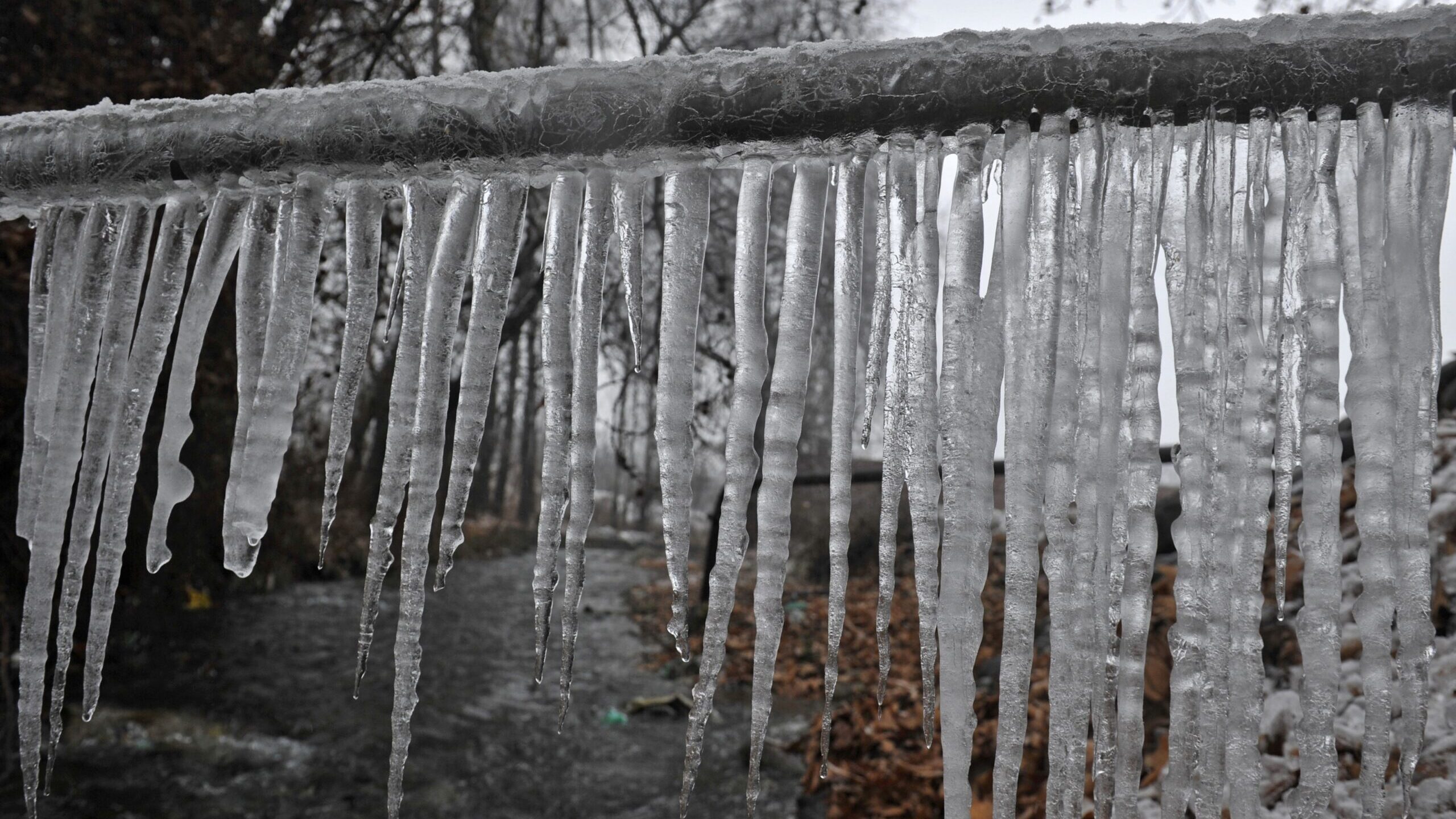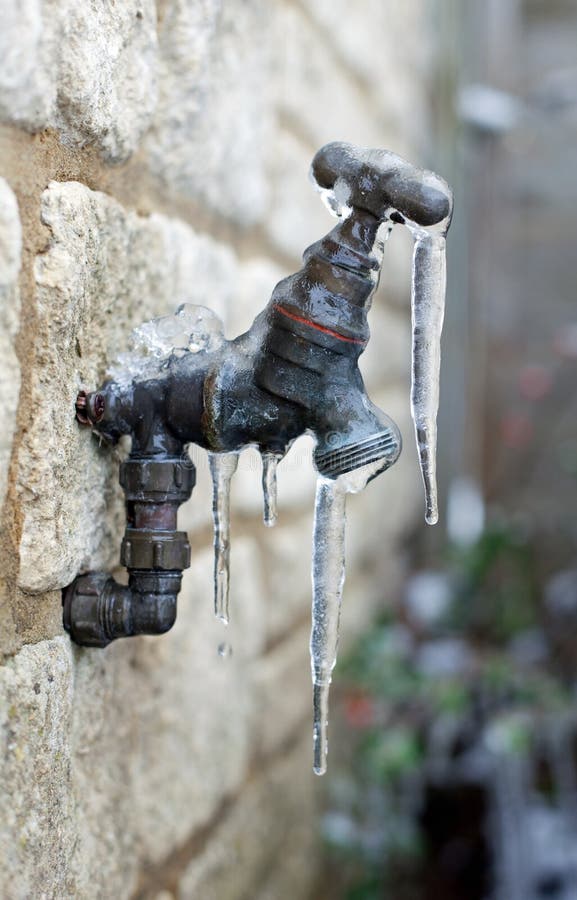How to Protect Pipes from Cold Weather Damage: Important Tips
How to Protect Pipes from Cold Weather Damage: Important Tips
Blog Article
Do you find yourself interested in ideas about 6 Ways to Prevent Frozen Pipes?

Winter can ruin your plumbing, particularly by freezing pipes. Below's how to stop it from taking place and what to do if it does.
Intro
As temperatures drop, the risk of icy pipelines increases, potentially bring about pricey repair services and water damage. Recognizing exactly how to prevent icy pipes is crucial for home owners in chilly climates.
Comprehending Frozen Pipelines
What causes pipes to ice up?
Pipes ice up when exposed to temperature levels listed below 32 ° F (0 ° C) for extended durations. As water inside the pipelines freezes, it broadens, taxing the pipe walls and possibly creating them to burst.
Dangers and problems
Icy pipes can result in water disruptions, home damages, and pricey repairs. Burst pipes can flood homes and trigger extensive architectural damages.
Indicators of Frozen Pipeline
Determining icy pipes early can avoid them from breaking.
Exactly how to recognize icy pipes
Search for reduced water circulation from faucets, unusual odors or sounds from pipes, and visible frost on exposed pipelines.
Avoidance Tips
Shielding at risk pipelines
Cover pipes in insulation sleeves or use warmth tape to safeguard them from freezing temperatures. Concentrate on pipes in unheated or outside areas of the home.
Home heating techniques
Keep indoor spaces properly warmed, particularly locations with plumbing. Open closet doors to allow warm air to flow around pipes under sinks.
Safeguarding Exterior Pipes
Garden hose pipes and outside taps
Separate and drain garden hose pipes before wintertime. Mount frost-proof faucets or cover exterior faucets with protected caps.
What to Do If Your Pipelines Freeze
Immediate activities to take
If you think frozen pipelines, maintain taps open up to alleviate pressure as the ice thaws. Make use of a hairdryer or towels taken in warm water to thaw pipelines gradually.
Long-Term Solutions
Architectural adjustments
Consider rerouting pipes away from exterior wall surfaces or unheated areas. Add additional insulation to attics, basements, and crawl spaces.
Updating insulation
Invest in top notch insulation for pipes, attics, and walls. Proper insulation assists keep constant temperatures and decreases the danger of frozen pipes.
Conclusion
Preventing icy pipes needs proactive procedures and quick actions. By comprehending the causes, indicators, and preventive measures, home owners can protect their plumbing during winter.
5 Ways to Prevent Frozen Pipes
Drain Outdoor Faucets and Disconnect Hoses
First, close the shut-off valve that controls the flow of water in the pipe to your outdoor faucet. Then, head outside to disconnect and drain your hose and open the outdoor faucet to allow the water to completely drain out of the line. Turn off the faucet when done. Finally, head back to the shut-off valve and drain the remaining water inside the pipe into a bucket or container. Additionally, if you have a home irrigation system, you should consider hiring an expert to clear the system of water each year.
Insulate Pipes
One of the best and most cost-effective methods for preventing frozen water pipes is to wrap your pipes with insulation. This is especially important for areas in your home that aren’t exposed to heat, such as an attic. We suggest using foam sleeves, which can typically be found at your local hardware store.
Keep Heat Running at 65
Your pipes are located inside your walls, and the temperature there is much colder than the rest of the house. To prevent your pipes from freezing, The Insurance Information Institute suggests that you keep your home heated to at least 65 degrees, even when traveling. You may want to invest in smart devices that can keep an eye on the temperature in your home while you’re away.
Leave Water Dripping
Moving water — even a small trickle — can prevent ice from forming inside your pipes. When freezing temps are imminent, start a drip of water from all faucets that serve exposed pipes. Leaving a few faucets running will also help relieve pressure inside the pipes and help prevent a rupture if the water inside freezes.
Open Cupboard Doors
Warm your kitchen and bathroom pipes by opening cupboards and vanities. You should also leave your interior doors ajar to help warm air circulate evenly throughout your home.

I'm just very focused on Winter Plumbing Precautions: Preventing Frozen Pipes and I really hope you appreciated the entry. Sharing is nice. Helping people is fun. Thank-you for your time spent reading it.
Book A Service Report this page